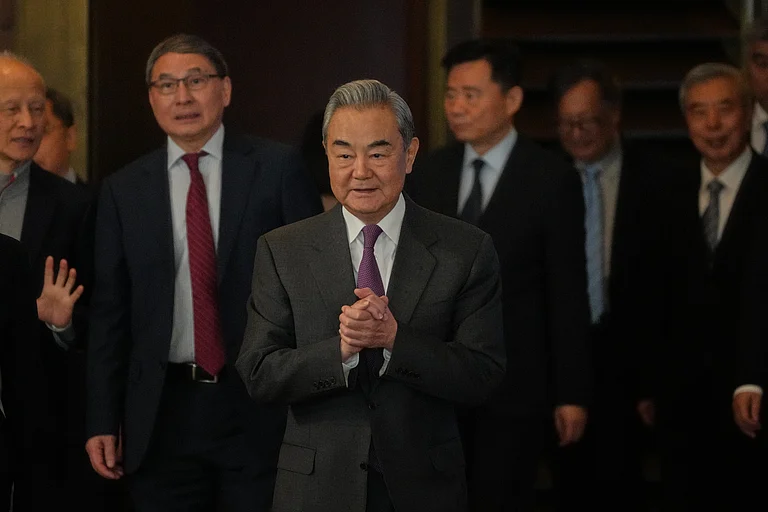Special Drawing Rights (SDRs) are among the lesser recognized but very important tools of international finance architecture. They were invented in 1969 by the International Monetary Fund (IMF) and are a pooled solution to a steadily mounting though unobtrusive problem: the shortage of global reserves necessary to maintain economic growth and monetary stability. The history of SDRs is more than a technical response to monetary policy—it is a history of how countries, faced with common economic vulnerability, tried to re-engineer some portion of the monetary system to serve common goals. To understand how they started, one has to examine the geopolitical, economic, and institutional setting of the 1960s and the issues which prompted them to be created.
The Post-War Monetary Landscape
The evolution of SDRs begins with the period after Second World War when, in 1944, the Bretton Woods Agreement created a fixed exchange system on the US dollar. According to this system, the dollar was fixed to most of the currencies, and the dollar was also exchangeable into gold against a fixed rate. The system functioned quite smoothly during the early years, bringing stability and supporting reconstruction and trade.
But with expanding world economy in the 1950s and 1960s, cracks started to develop. The system rested upon the United States keeping its domestic economy balanced with its foreign activities. But growing world trade required bigger reserve assets than could be drawn from gold output and US dollar liquidity. The global economy was on the verge of attaining what economists called the "Triffin dilemma"—a point when the nation that was printing the world reserve currency would have to sustain perpetual deficits in an attempt to supply liquidity at the expense of confidence in its money.
The Need for a New Reserve Asset
By the end of the 1960s, policymakers came to see that available reserve assets—gold and a few good national currencies—were not enough to sustain the world economy. The pace of growth in trade and the sophistication of cross-border flows of funds made nations need a more adaptable, reliable source of reserves. Without them, shortages of world liquidity would slow economic growth, propel nations toward protectionism, and cause currency instability.
The IMF, the chief coordinating agency of global monetary cooperation at the time and today, was the obvious organization to accomplish the task. Debate started about the establishment of a new reserve instrument that would add to available assets without relying on the economic fortunes of any one nation. The objective was to construct an asset based on the collective commitment of IMF member countries—neutral, universally negotiable, and freely convertibility into usable currencies.
The Establishment of SDRs in 1969
The IMF officially launched Special Drawing Rights in 1969. The timing was opportune—trust in the Bretton Woods system was diminishing, and the global economy was pressured by growing inflation, increasing US deficits, and a gap between the rise in trade and reserve expansion. SDRs were created as a shock absorber, and nations could obtain more liquidity whenever they needed it without overly depending on the US dollar or selling gold holdings.
Unlike national currencies, though, SDRs were never intended for ordinary transactions. Rather, they existed as a reserve asset that was distributed among IMF member countries in their relative size within the world economy, measured by their quotas in the IMF. The quotas were thus a measure of each country's relative capacity and responsibility in the world economy.
Early Purpose and Mechanism
When initially created, SDRs had a specific, limited role: they were callable on freely usable currencies of other members of the IMF. A nation that held SDRs could present them for those currencies in voluntary exchange between members or in transactions under arrangements by the IMF. This made SDRs a reserve complement which could be easily drawn upon to meet balance of payments requirements.
The SDR's value was originally defined in terms of gold—namely, 0.888671 fine gold grams, equal to one US dollar at the prevailing exchange rate. By no means an accident, this placed the SDR above the then-existing gold-based system as a transitional mechanism to the new demands of international finance.
The Context of Global Liquidity Concerns
The motivation to produce SDRs was explicitly linked with the late 1960s liquidity problem. Trade internationally was expanding more rapidly than reserve resources, possibly putting on the brakes on international development. In the absence of an effective growth in reserves, nations can be pushed towards competitive devaluations, trade restraint, or short-term borrowing—each of which can destabilize the international system. SDRs were a managed and balanced mechanism to supplement reserves, which reduced some of the deficiencies of imbalanced national money creation.
Early Challenges and Limited Uptake
Although the establishment of SDRs was a watershed in international monetary cooperation, its initial years were characterized by negligible usage. Countries tended to hold their reserves in major currencies, mostly the US dollar, as it was still prevalent since it had large financial markets and broad acceptability. In addition, the breakdown of the Bretton Woods system in the early 1970s shifted matters with the floating of exchange rates and the development of new financial products.
But SDRs were not made obsolete as a reserve asset because their value and allocation mechanism did not relate to the economic fate of any particular country. They were a multilateral answer to an international issue—something that was as much symbolic in nature as it was functionally significant.
Long-Term Impact of Their Origin
Their origins in history shape SDRs' function today. They were created in a recognition that global financial stability cannot be based on the economic policy of one country. By collective origins, SDRs continue to be an instrument of international solidarity, usually triggered in crises when liquidity support in urgency is required.
Their establishment also established a model for conceiving monetary reform internationally. The existence of a world-backed reserve asset proved to the world that the global economy had the capacity to collaborate in dismantling systemic weaknesses. Although SDRs have never been employed as substitutes for conventional reserve assets, their establishment in 1969 still stands as a model for collaborative problem-solving in economic management.
Conclusion
The evolution of SDRs is an economic history lesson that informs us of the vulnerabilities and strengths of the international system.
They were designed to address a particular constellation of economic problems—the problem of dollar and gold reserves in the growing world economy—but their origin was the expression of a more general principle: world economic stability is a matter of shared responsibility and cooperation among governments. From the liquidity crises of the 1960s to the current controversy surrounding a reorganization of the international monetary system, SDRs recall when countries decided to establish something entirely new in world finance.

























